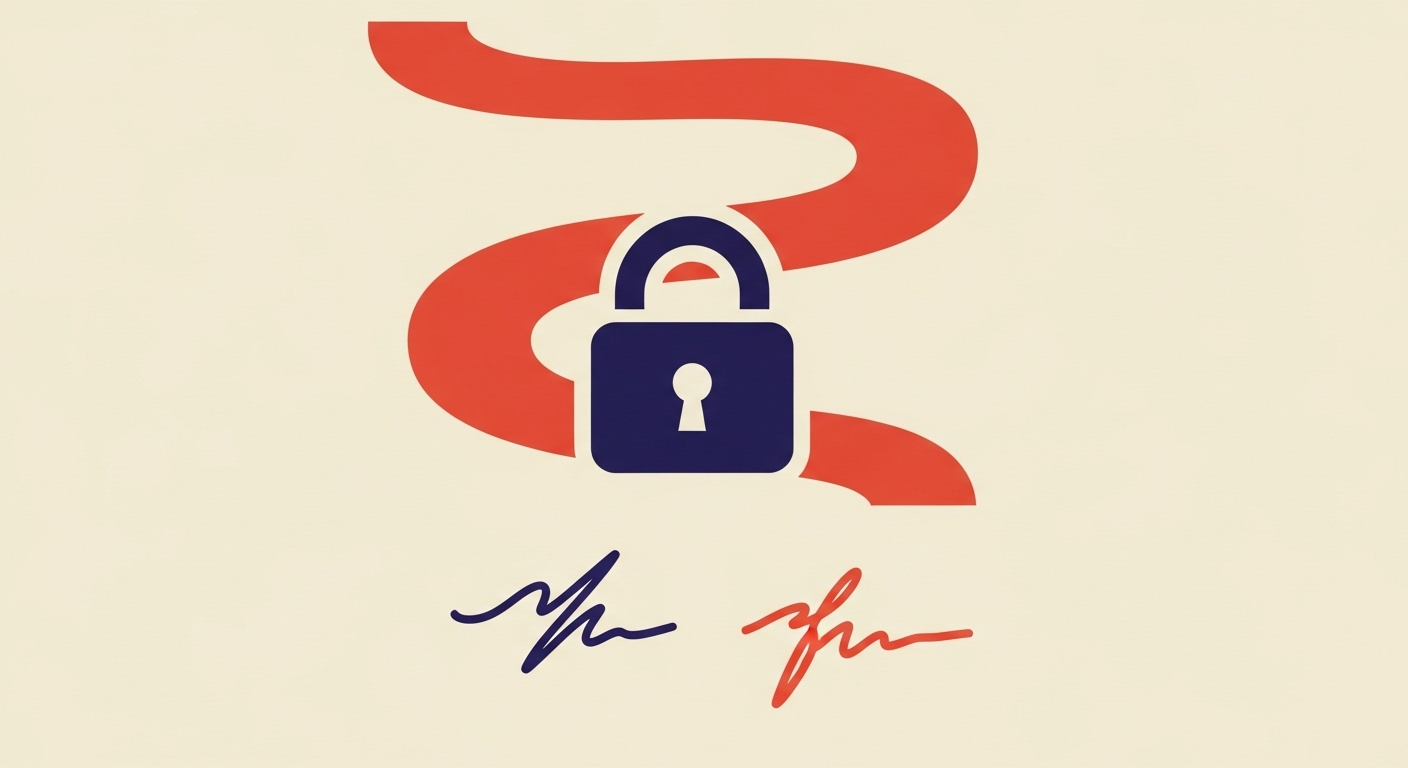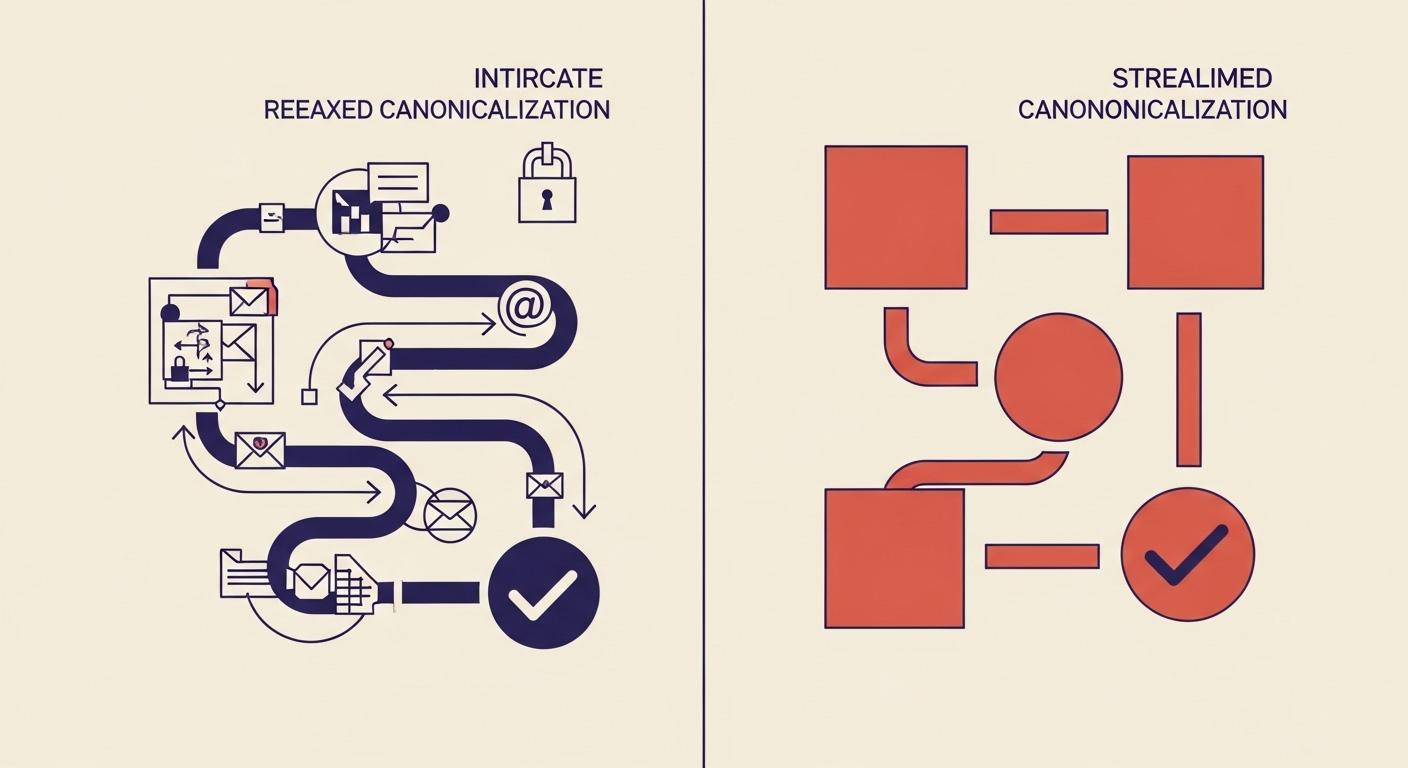What is the default value for the DKIM 'c' tag?

Matthew Whittaker
Co-founder & CTO, Suped
Published 19 May 2025
Updated 24 Sep 2025
6 min read


DKIM-Signature: v=1; a=rsa-sha256; c=relaxed/relaxed; d=example.com; s=selector1; h=From:To:Subject:Date; bh=bodyhash; b=signaturehash

